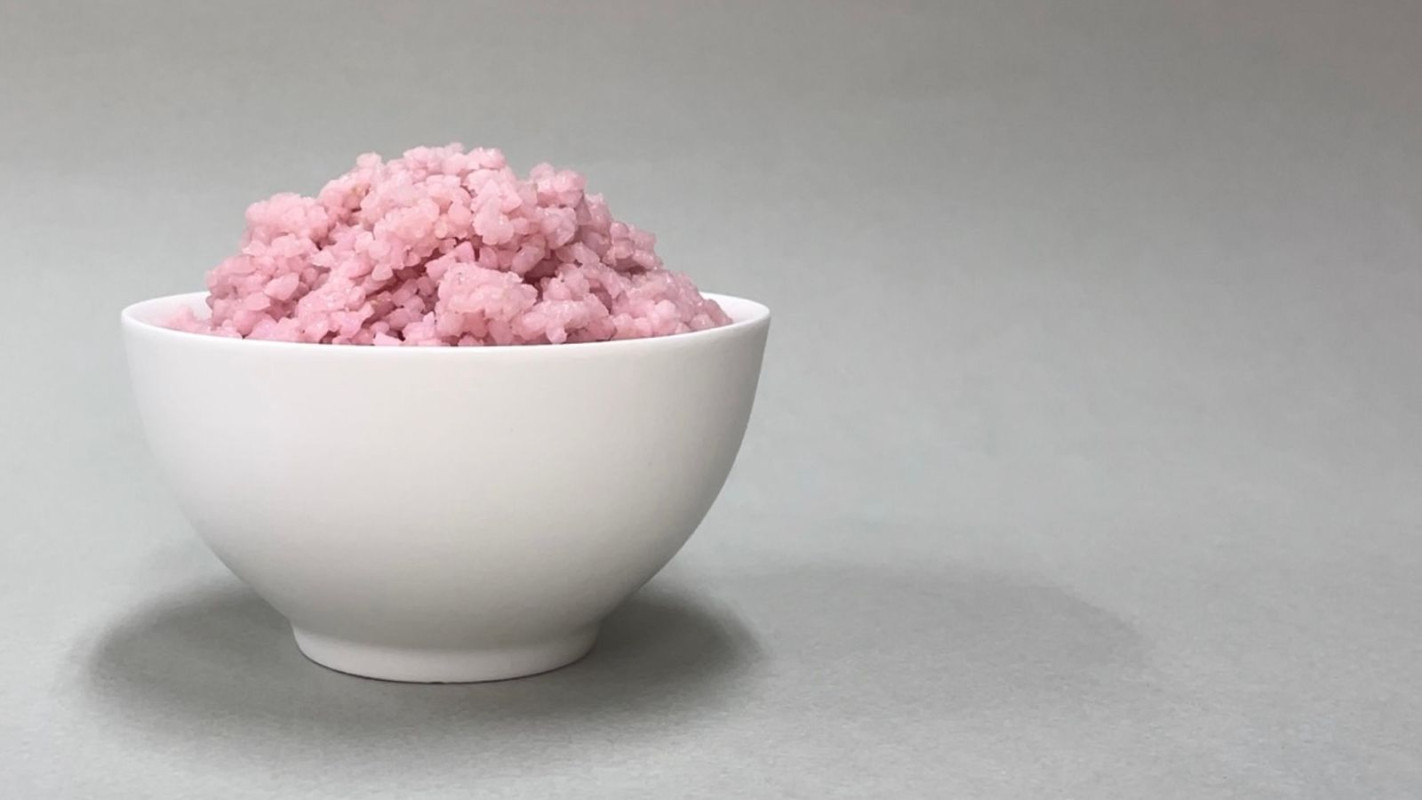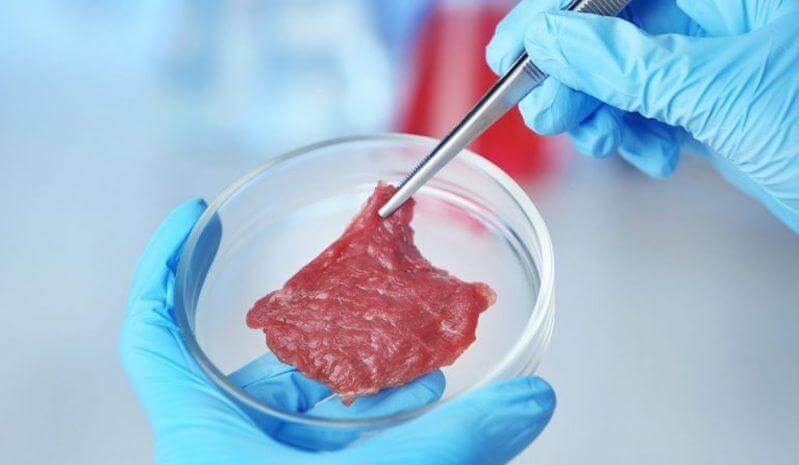 Everyone is familiar with the colors of the foods they eat. You normally associate salads with green, apples with red, and rice with pink – wait a second, rice is white!
Everyone is familiar with the colors of the foods they eat. You normally associate salads with green, apples with red, and rice with pink – wait a second, rice is white!
Well, scientists have synthesized a new, pinkish rice known as ‘meaty’ rice.
If commercialized, this option could be much cheaper than traditional meat in several countries. In South Korea, hybrid rice would be $13 cheaper than the average $15 per kilo of beef.
So, What is Meaty Rice?
In 2013, the first lab-grown burger was revealed to the public, and with that came new companies hoping to capitalize on this growing industry. The ultimate goal for these companies is to make lab-grown meat food products affordable and commercially scalable.
Recently, scientists in South Korea discovered that rice could be a good base for meat cells to grow in as they fill the pores with beef muscle and fat cells. The enzymes and conditions that the rice provides make it an excellent catalyst for the growth of meat cells.
When meat cells were allowed to grow in rice for 11 days, scientists found the final product contained eight percent more protein and seven percent more fat. Some researchers even claim that it has the potential to carry all the vital nutrients we need.
What Are Some Challenges?
 Meaty rice has the potential to reduce our impact on the environment and is efficient in terms of cost and emissions.
Meaty rice has the potential to reduce our impact on the environment and is efficient in terms of cost and emissions.
Currently, beef produces around 50 kg of carbon dioxide for every 100 grams of protein produced compared to the roughly 6 kg of emissions that hybrid rice produces. Raising livestock also requires more resources like water which is getting scarce.
However, many people find the idea of eating food created by a scientific lab unnatural and unappetizing. Italy, for example, recently became the first country in the world to ban lab-grown meat. The country’s Minister of Agriculture shared that the purpose of the ban is to protect Italian traditions and farmers.
One thing to note is that the term “lab-grown” is used loosely. Many people associate the term with “artificial” or “manufactured”. While some lab-grown products meet that description, meaty rice is made from naturally growing meat cells. So, while it is indeed grown in a lab, the process itself is natural.
Meaty rice could be a valuable food source in the military and for space exploration as well as to provide relief during famines. In fact, some countries like Singapore, the Netherlands, and the United States have already approved lab-grown meat.
We would like to hear your thoughts. What do you think of meaty rice?
Sources: BBC, Phys.org, Science Alert, Greenmatters.com






